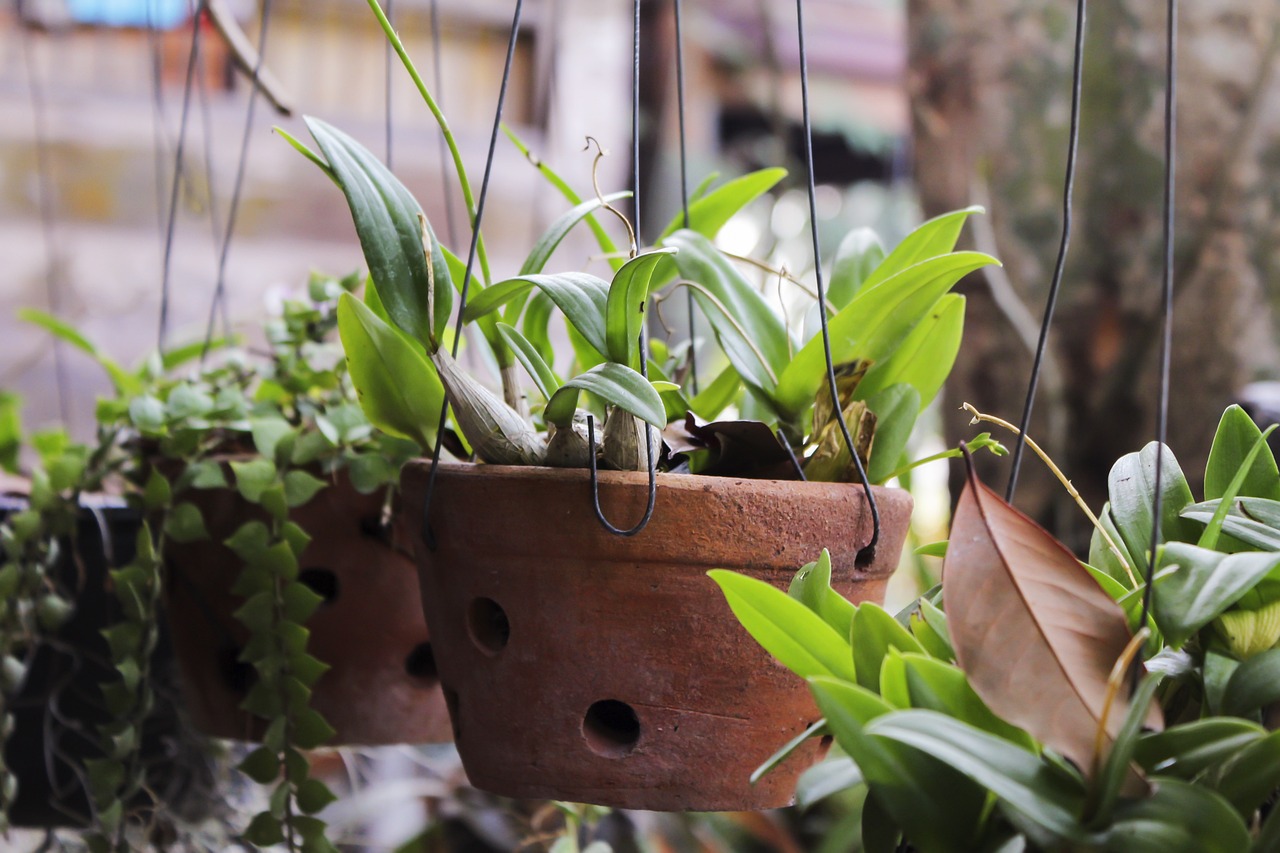
Terrariums are more than just decorative pieces; they are miniature ecosystems that invite nature into our homes. The art of terrarium-making combines creativity with botanical knowledge, allowing you to design stunning green spaces within the confines of glass. In this blog, we’ll explore the elements of terrarium design, tips for creating your own, and the joy of nurturing these living artworks.
What Is a Terrarium? A terrarium is a sealed or open glass container filled with soil, plants, and decorative elements. These small ecosystems can thrive on their own, making them perfect for indoor gardening enthusiasts and busy individuals alike.
Types of Terrariums:
Glass Variety: The choice of container plays a crucial role in the overall aesthetic and functionality of your terrarium. Here are some popular options:
Consider Size and Shape: Choose a container that fits your space and the plants you wish to include. Ensure it has enough room for growth while also considering how it will look in your home.
Choosing the Right Species: The key to a successful terrarium lies in selecting compatible plants. Consider the following:
Plant Height and Texture: Mix different heights and textures for visual interest. Combine trailing plants with upright varieties to create depth and movement in your design.
Layering Essentials: A well-structured terrarium involves layering for both aesthetic appeal and plant health:
Arranging Plants: When placing your plants, think about how they’ll grow over time. Use taller plants in the back and shorter ones in the front for a balanced look. Consider using a spoon or stick to help place plants without damaging their roots.
Personal Touches: Incorporate decorative elements that reflect your personality or the theme of your terrarium:
Consider Color and Theme: Choose colors that complement the plants and container. Think about a specific theme, such as a woodland scene, beach paradise, or desert landscape, to guide your design choices.
Watering Wisely: Watering needs vary based on the type of terrarium:
Light Conditions: Place your terrarium in a location that receives indirect sunlight. Direct sunlight can overheat the plants inside, especially in closed containers.
Pruning and Maintenance: Regularly check for dead leaves and remove them to keep the environment healthy. Prune plants as needed to prevent overcrowding and maintain the desired aesthetic.
Creating a terrarium is not just about the end product; it’s a fulfilling process that allows for creativity and connection with nature. As you nurture your terrarium, you’ll witness the plants grow and thrive, creating a living piece of art in your home.
The art of terrarium-making offers a unique opportunity to design beautiful green spaces in glass. With careful selection of plants, thoughtful layering, and personal touches, you can create stunning terrariums that reflect your style and enhance your living environment. Whether you’re a seasoned gardener or just starting, terrariums invite you to explore the beauty of nature in a creative and meaningful way. So gather your materials, let your imagination soar, and embark on the delightful journey of terrarium design!
Share :
We are passionate about creating beautiful, green spaces within our homes and sharing that enthusiasm with fellow plant lovers.

We are passionate about creating beautiful, green spaces within our homes and sharing that enthusiasm with fellow plant lovers.
Copyright © 2024 Myindoorgarden. All Right Reserved.